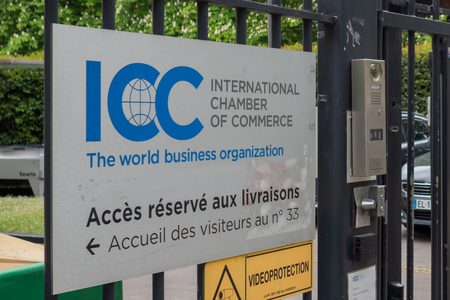The CFTC has released guidance to its enforcement staff on the appropriateness of penalties in specific enforcement actions. CFTC Chairman Rostin Behnam said that showing how key terms of resolutions are approached is intended “to ensure greater transparency and answerability throughout the process”.
The intention is also to ensure that both general and specific deterrence is achieved by way of the most appropriate penalty. In other words that the specific offender is discouraged from becoming a recidivist and that the general public (including other entities operating in a given sector) sees that the penalty is fitting given the infraction, which makes it less likely that they might engage in similar misconduct in the future.
Chairman Behnam suggested that it was the Commission’s “duty to ensure that every enforcement action aims to elevate compliance and optimize deterrence”. Empowering compliance professionals is another factor that militates for the appropriate penalty being levied, with higher penalties enabling compliance professionals to make “the business case to senior management for the resources they need to do their jobs effectively”.
Higher monetary penalties key deterrent
The guidance ‘recalibrates’ monetary penalties, indicating that higher penalties will be levied where “multiple similarly situated respondents violate[e] similar laws in similar ways over time”. In other words where a pattern of industry infraction is established so that the CFTC’s Division of Enforcement (Division) no longer believes that penalties previously levied are an adequate deterrent, entities can expect penalties higher than those set by the precedents.
Recidivism under fire
Repeat offenders will attract higher penalties, with the Division deciding to “heavily” factor recidivism in determining appropriate penalties. Recidivist organizations are less likely to receive cooperation credit. The incidence of recidivism will be determined by the Division staff who will consider various factors including the:
- overlapping nature of prior and current actions, including an evaluation of their root cause and subject matter;
- time between offences;
- involvement of overlapping management;
- pervasiveness and persistence of the new misconduct;
- robustness and effectiveness of remediation.
Continuing role for monitors and consultants
Undertakings to involve monitors and consultants will continue to be recommended as follows:
- Monitors approved by the Division – where confidence in the entity’s ability to independently remediate the misconduct is lacking.
- Consultants that don’t require Division approval – where the entity can remediate its conduct without oversight but requires assistance of a neutral third party in an advisory capacity.
Defendants may need to admit wrongdoing
“No-admit, no-deny” resolution will no longer be the default in negotiations with respondents. Division staff will instead consider the facts and circumstances of each matter on a case-by-case basis evaluating these along with a number of key assessment factors including those:
- in favour of admission;
- Parallel criminal resolution.
- Conclusive evidence of misconduct.
- Assessment of cooperation credit.
- Strict liability offence.
- Against admission;
- Admission jeopardizing the ability to legitimately defend against criminal case.
- Significant litigation risk present in establishing a disputed fact at trial.
In her statement commenting on the guidance, Commissioner Christy Goldsmith Romero “applauded” the decision “to end the routine use of neither-admit-nor-deny settlements”, which “relieves defendants of the consequences of breaking the law” and “does not serve the enforcement goals of accountability, justice and deterrence”. She also suggested that admissions of guilt “can bring greater accountability and have more of a deterrent impact than penalties alone”.
Rulebreaking to lead to severe consequences
The general tone both of the guidance and the press release seems to suggest that the CFTC is not satisfied with its approach to offenders, particularly those that are repeat offenders. And indeed commissioner Goldsmith Romero warns that “where penalties are too low, they risk becoming a cost of doing business” particularly when it comes to “well-resourced defendants”.
Interestingly in this context she mentions the offline communications cases that have resulted in over $1 billion of penalties levied, implying that this is an area where the current penalties regime is simply not working as an adequate deterrent. She says that “[w]here many are engaging in the same illegal behavior, the threat to market integrity is particularly serious, and the deterrence effect of penalties must reflect that”.
GRIP Comment
Our view here at GRIP is that if there is a time for firms to get their compliance act together, especially if they have been in the regulatory cross-hairs already, whether this was connected to off-line comms or something else, that time might be now. The cost of breaking the rules may already be much higher than it was yesterday.













